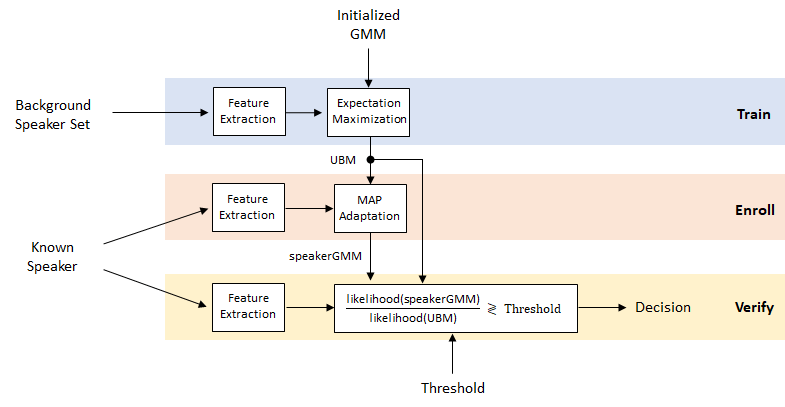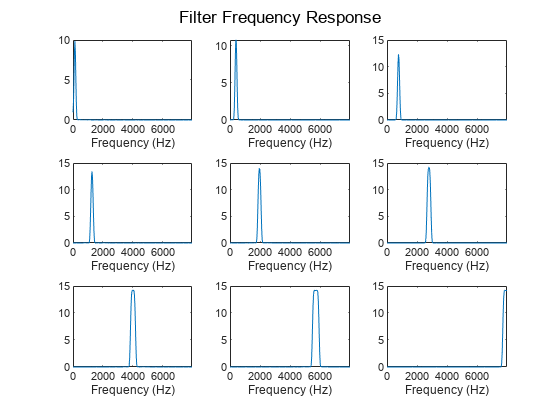Speaker Recognition and Diarization
Identify and verify speakers, perform speaker diarization
Speaker recognition involves identifying who is speaking and verifying the identities of speakers in speech signals. Speaker diarization is the process of segmenting a speech signal based on the identity of the speakers. The following examples demonstrate how to apply a variety of AI techniques to speaker recognition and diarization workflows.
Functions
speakerEmbeddings | Extract speaker embeddings from speech (Since R2024b) |






